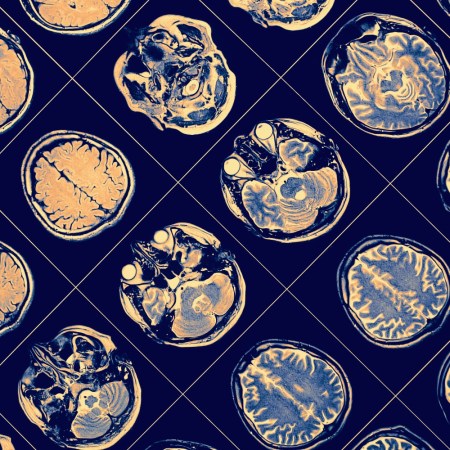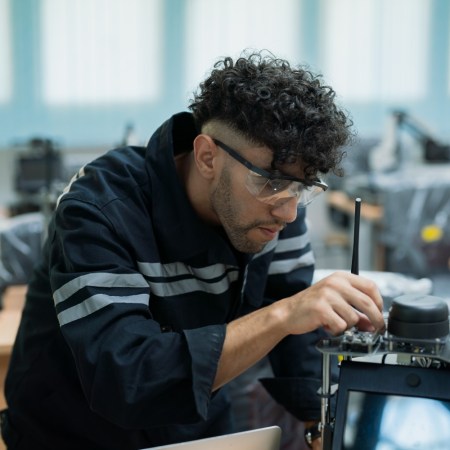Question/ethical dilemma you may very soon have to come up with an answer to:
Would you eat 3D-bioprinted animals?
Would you keep one as a pet? Would you feed it to your kids?
Harvard scientist Kit Kevin Parker, PhD, recently 3D-printed an artificial stingray at the School of Engineering and Applied Sciences at Harvard.
Granted, his printed ray is more cyborg than animal: its skin is rubber and its skeleton gold — but they did use rat heart cells so that the creature can contract and react to light, and it successfully navigated an obstacle course 15 times its length using changes in light.
So, uh, why on earth do we want to go down this path again?
Medical implications
The scientists responsible for the ray want to be able to make transplants and introduce little helpers to our bodies that can come to our cellular rescue in case of stroke or other types of trauma. Others hope to eventually print organs for human transplants.
But we can also make food …
That we could be printing our food isn’t far-fetched, especially when you consider the environmental impact of factory farming. For instance, cows could be bred without horns, which are painful for the animal to have removed. Although it’s important to note that Silicon Valley has a more ethical and eco-friendly solution that involves making plants that sizzle like a steak.
Multicolored pets, anyone?
Beagles have been bred in China to have larger limbs, and with the advent of biohacking method “CRISPR,” scientists can now alter genes to make all sorts of biological alterations, like micro pigs or glowing fish.
Hunting camps would benefit from exotic species
Given that hunting elephants for ivory and sport is causing them to go extinct, it is hypothetically plausible that humans could print animals — including big game — solely for hunting. Cruel? Yes. Very. But not outside of the realm of possibility.
One thing is for sure: before we enter this brave new world, hopefully our ability to solve bioethical dilemmas catches up to our capacity for creating them.
Image via Wikimedia Commons
This article was featured in the InsideHook newsletter. Sign up now.























